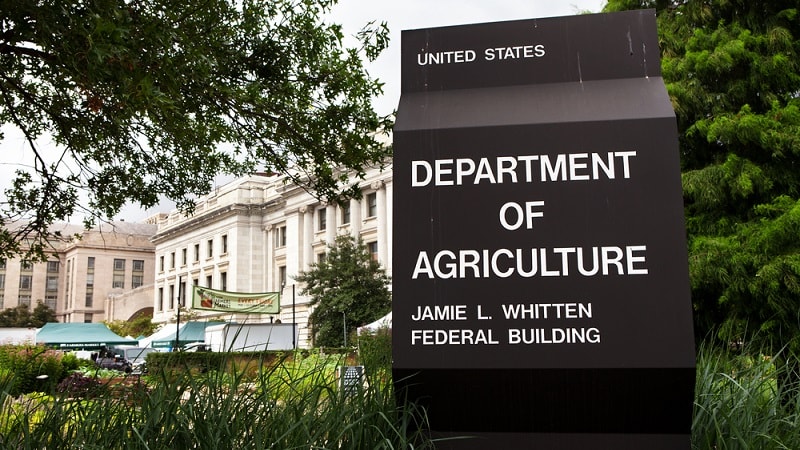
The U.S. Department of Agriculture (USDA) has issued the seventh update in its quest for a cloud-based Common Enterprise Loan Origination and Servicing (CELOS) platform.
In the initial post on beta.SAM.gov in November of 2020, the USDA said its Rural Development mission area is dealing with increased customer demand for its loan and grant programs, so it is looking to automate tasks and better use online tools to communicate with customers and partners, as well as equip its IT staff with the information and agility to meet the requirements of its business stakeholders.
The new response deadline is May 21, 2021. Initially, responses were due by Dec. 4, 2020. The USDA issued RFI updates in December, twice in January, February, and twice in March before the most recent update.
USDA said in the latest update it was extending the deadline “to allow the government time to post additional requirement information (if necessary) and hold Industry Day vendor presentations before the third week in June 2021.” It further noted, “more information will be posted soon concerning the Industry Day presentations and how to sign up.”
While more information is likely forthcoming, USDA has already said the platform must provide industry-standard forms, data sets, and data definitions utilizing low-code/no-code solutions. Additionally, the preferred solution will include the use of Commercial-off-the-Shelf (COTS) / Government-off-the-Shelf (GOTS) products, Data as a Service (DaaS), Platform as a Service (PaaS), and Software as a Service (SaaS).
The solution must also be cloud-based and FedRAMP compliant, or it must be FedRAMP ready and capable of achieving compliance within six months of the award with sponsorship. Vendors will be required to provide an overview of their FedRAMP readiness level.
The primary objectives for this Rural Development-wide integrated solution initiative are:
- “Improved support for citizen beneficiaries – Capability to apply electronically for loans and grants and view application status on-line;
- Reduced program delivery risks – Ensure fair and consistent treatment of all applicants;
- Improved support for [Rural Development] staff – Intuitive, powerful systems for field staff;
- Agility and flexibility – Rapid rollout of new and changed programs;
- Enhanced program and portfolio visibility – Improved decision support;
- Data Single Source – Reliable, accurate data, and improved confidence; and
- Reduced maintenance complexity – Substantially streamline loan, guarantee, and grant application procedures.”
